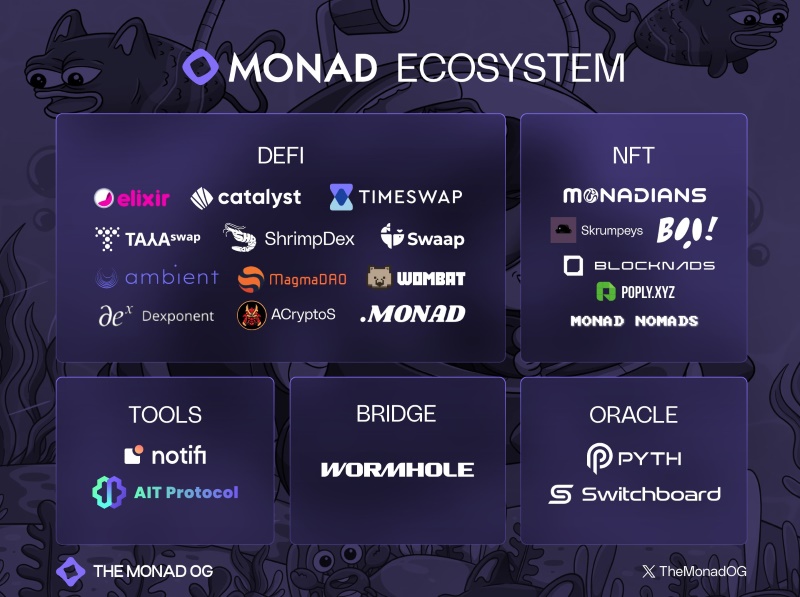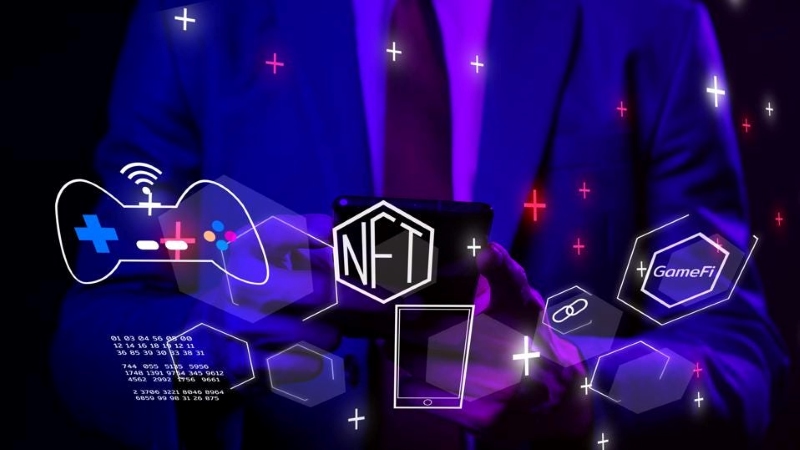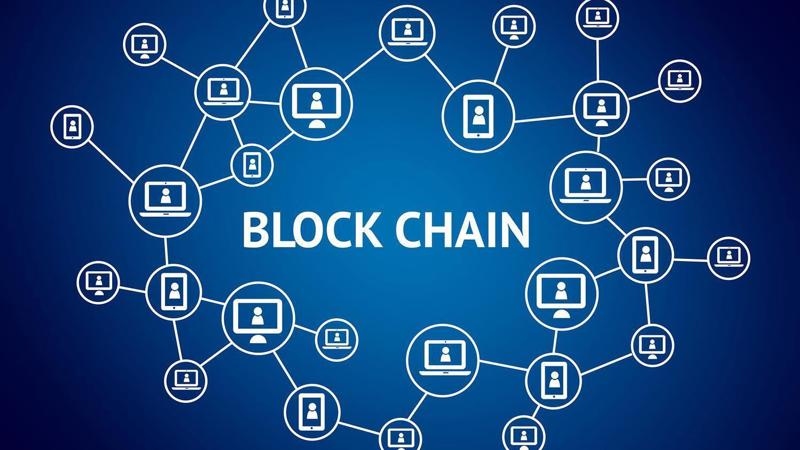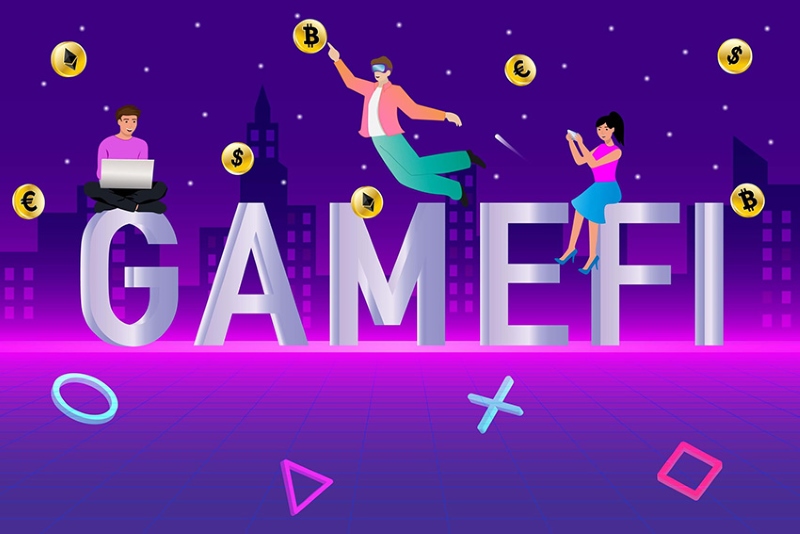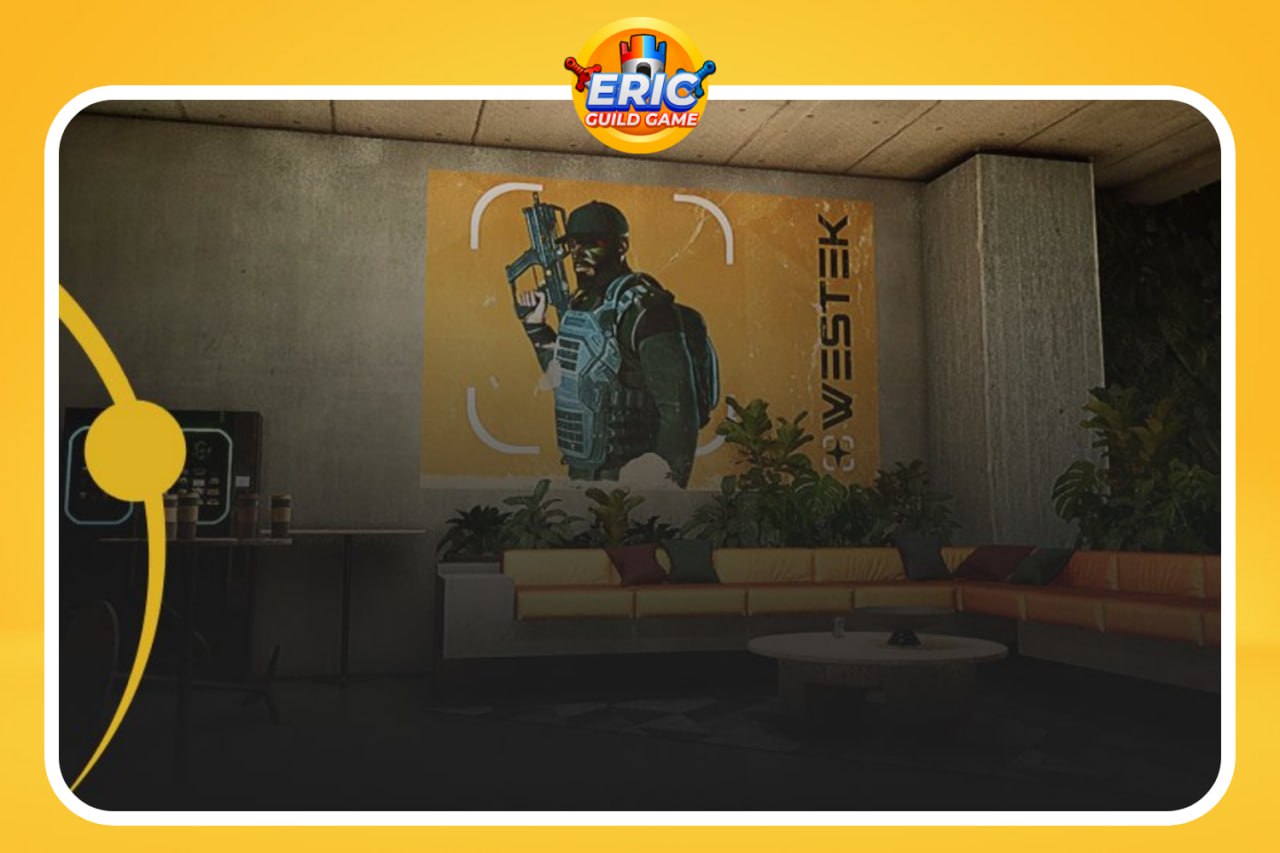What is blockchain technology? Discover the meaning, applications of blockchain in this expert guide and how blockchain revolutionizes industries.
Introduction
Blockchain technology has emerged as a revolutionary innovation, transforming industries such as finance, healthcare, and supply chain management. But what is blockchain technology, and how does it work? This guide provides an in-depth analysis, offering insights into its definition, working principles, benefits, and real-world applications.
What is Blockchain Technology?
Blockchain technology meaning is a decentralized, distributed ledger technology that records transactions across multiple computers, ensuring security, transparency, and tamper-proof record-keeping. Unlike traditional databases controlled by a central authority, blockchain operates through a peer-to-peer network, where transactions are verified via consensus mechanisms such as Proof-of-Work (PoW) and Proof-of-Stake (PoS).
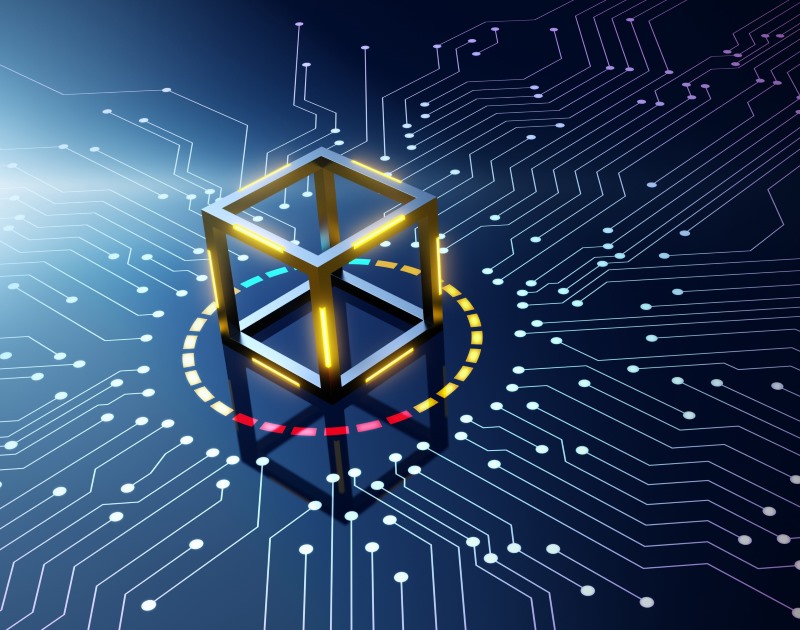
Key Characteristics of Blockchain Technology
- Decentralization: Eliminates the need for intermediaries like banks or governments, providing more autonomy to users.
- Transparency: Every transaction is recorded on a public or permissioned ledger, ensuring accountability.
- Immutability: Transactions, once recorded, cannot be altered or deleted, preventing fraud and data manipulation.
- Security: Uses cryptographic hashing and decentralized consensus mechanisms to enhance security and prevent cyber threats.
- Smart Contracts: Self-executing contracts with predefined rules, automating agreements without intermediaries.
What is blockchain technology and why is it important?
Blockchain technology explanation is reshaping how businesses and governments operate. Here’s why it is a game-changer across various industries:
Enhanced security
- Decentralization reduces the risk of cyberattacks by distributing data across multiple nodes.
- Cryptographic encryption ensures that transaction data remains secure and private, minimizing the risks of hacks and unauthorized access.
- Eliminates single points of failure, reducing the likelihood of widespread system breaches.
- Quantum-resistant blockchain development is in progress to future-proof blockchain against quantum computing threats.
Improved Transparency and Trust
- Blockchain provides trustless transactions, meaning users can transact without needing an intermediary to validate the process.
- Auditable and verifiable transaction records create accountability and reduce the chances of corruption in various sectors, including finance, government, and real estate.
- Used in voting systems, blockchain ensures fair and tamper-proof elections by allowing transparent vote counting.
Reduced Costs and Increased Efficiency
- Removes the need for third-party intermediaries (banks, brokers, notaries), reducing transaction fees and time delays.
- Automates contracts and legal agreements through smart contracts, eliminating paperwork, administrative work, and disputes.
- Enables real-time settlements in finance and stock markets, reducing processing times from days to minutes.
Financial Inclusion
- Allows unbanked populations to access financial services, offering an alternative to traditional banking.
- Facilitates cross-border payments with lower fees and no dependency on centralized financial institutions.
- Cryptocurrencies and Decentralized Finance (DeFi) enable lending, borrowing, and investing without requiring intermediaries.
Revolutionizing Industries
- Supply chain transparency ensures the authenticity of products by tracking every step of production and delivery.
- Blockchain-based digital identity verification helps secure personal data in government services, healthcare, and online platforms.
- Tokenization of assets allows fractional ownership of real estate, stocks, and
How Does Blockchain Technology Work?
What is blockchain technology and how does it work? Blockchain operates through a chain of blocks, each containing a list of transactions. These blocks are linked using cryptographic hashes, ensuring security and data integrity.

Step-by-Step Explanation of Blockchain Process
- Transaction Initiation: A user requests a transaction, which includes a digital signature for authentication.
- Verification: The transaction is broadcast to the network and validated by nodes (miners or validators) using cryptographic algorithms.
- Block Creation: Verified transactions are grouped into a block and timestamped.
- Consensus Mechanism: The block is validated through consensus mechanisms like PoW or PoS.
- Block Addition: The validated block is appended to the blockchain, linking it to the previous block via a cryptographic hash.
- Finalization: The transaction is confirmed and permanently recorded, preventing any modifications.
Consensus Mechanisms Explained
- Proof of Work (PoW): Used in Bitcoin; requires solving complex mathematical puzzles, consuming significant computational power.
- Proof of Stake (PoS): Used in Ethereum 2.0; validators are chosen based on the amount of cryptocurrency they hold and stake.
- Delegated Proof of Stake (DPoS): A more energy-efficient alternative where elected delegates validate transactions.
- Byzantine Fault Tolerance (BFT): Used in Hyperledger; ensures network consensus even with some malicious nodes.
Types of Blockchain Networks
Blockchain networks vary based on accessibility, security, and governance. The four primary types include:
Public Blockchain
- Fully decentralized and open to everyone (e.g., Bitcoin, Ethereum).
- Operates on a consensus mechanism like PoW or PoS.
- High transparency and security but lower scalability.
Private Blockchain
- Restricted access; used by enterprises (e.g., Hyperledger Fabric).
- Centralized governance with permissioned users.
- Faster transaction speeds but reduced decentralization.
Consortium Blockchain
- Governed by multiple organizations, ensuring partial decentralization.
- Used in finance, banking, and supply chain industries.
- Higher efficiency with controlled access.
Hybrid Blockchain
- Combines public and private blockchain benefits.
- Allows selective transparency and data sharing.
- Used in enterprise solutions requiring both privacy and public verification.
Benefits of Blockchain Technology
Enhanced Security
Blockchain’s cryptographic security ensures that data cannot be altered, hacked, or deleted without consensus. The decentralized structure minimizes the risk of data breaches, making it a safer alternative to traditional centralized databases.
Transparency and Trust
Public blockchains offer real-time transaction visibility to all network participants. This fosters trust in industries such as finance, supply chain, and governance, reducing corruption and increasing accountability.
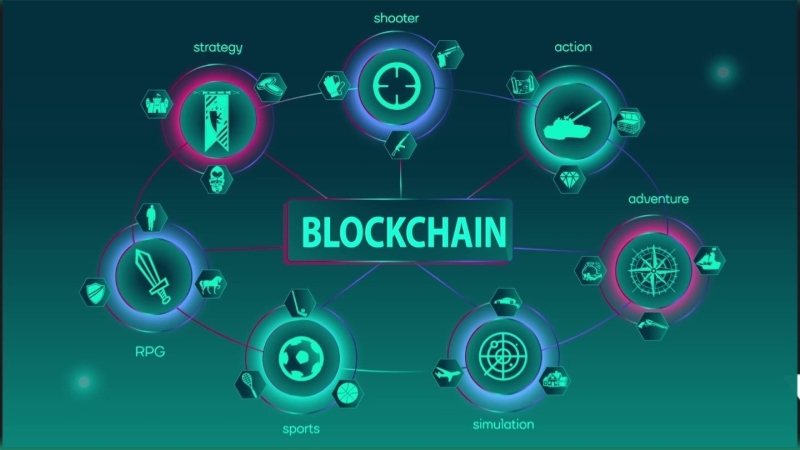
Reduced Costs
Blockchain eliminates the need for intermediaries (banks, legal entities) by automating transactions through smart contracts. This leads to significant cost savings in areas like remittances, legal processing, and identity verification.
Improved Efficiency and Speed
Traditional transactions, especially international ones, take days due to banking processes. Blockchain enables near-instantaneous transactions with minimal fees, streamlining cross-border payments and settlements.
Decentralization and User Empowerment
By eliminating central authorities, blockchain puts users in control of their own data and assets. Self-sovereign identity enables individuals to manage their digital identity securely without third-party interference.
Increased Data Integrity and Immutability
Blockchain’s immutable ledger prevents unauthorized data manipulation, making it ideal for industries requiring verifiable and tamper-proof records, such as healthcare, finance, and legal systems.
Greater Financial Inclusion
Blockchain-based financial services (DeFi) allow unbanked populations to access financial tools like lending, borrowing, and investments without needing a traditional bank account.
Automation Through Smart Contracts
Smart contracts automate agreements based on predefined rules, reducing human intervention and minimizing fraud risks. This is particularly beneficial in insurance claims, trade finance, and supply chain logistics.
Sustainability and Green Blockchain Initiatives
New advancements in blockchain, such as Proof-of-Stake (PoS) and Layer-2 solutions, reduce energy consumption compared to traditional mining (PoW), making blockchain more sustainable for mass adoption.
Real-world applications of blockchain technology
Finance & Banking
- Facilitates cross-border payments (e.g., Ripple, Stellar).
- Enables decentralized finance (DeFi) platforms like Uniswap.
- Reduces fraud and enhances transaction security.
Healthcare
- Secures patient records with immutable data storage.
- Enhances drug supply chain transparency, reducing counterfeit medications.
Supply Chain Management
- Tracks product authenticity and logistics with real-time data (e.g., IBM Food Trust).
- Prevents counterfeiting and fraud by providing verifiable provenance records.
NFTs & Digital Assets
- Powers non-fungible tokens (NFTs) for digital art, blockchain in gaming industry, and intellectual property.
- Enhances ownership verification and reduces digital piracy.
Challenges & Limitations of Blockchain
Despite its advantages, explain blockchain technology faces several challenges that impact its adoption and scalability. One of the main concerns is scalability, especially in public blockchains like Bitcoin and Ethereum. The more transactions processed, the slower the network becomes, leading to high transaction fees and congestion. This has prompted the development of Layer 2 solutions such as the Lightning Network and Rollups.
Another limitation is energy consumption. Proof-of-Work (PoW) blockchains, particularly Bitcoin, require immense computational power, resulting in significant electricity usage. This has raised environmental concerns, pushing the industry toward Proof-of-Stake (PoS) and other energy-efficient consensus mechanisms.
Regulatory uncertainty is another major hurdle. Governments worldwide have yet to establish comprehensive legal frameworks for blockchain and cryptocurrency usage. This ambiguity affects businesses and investors who are hesitant to engage in the industry due to potential legal repercussions. Additionally, certain regions have banned cryptocurrencies outright, further complicating global adoption.
Security vulnerabilities are also present. While blockchain is generally secure, smart contracts can be prone to exploits due to coding errors or loopholes. High-profile hacks, such as the DAO attack and various DeFi exploits, have demonstrated the risks associated with flawed contract logic.
Interoperability remains a challenge as well. Different blockchain networks operate independently, making cross-chain transactions complex and inefficient. Solutions like blockchain bridges and interoperability protocols (e.g., Polkadot, Cosmos) aim to address this issue, but widespread adoption is still in progress. Staying updated blockchain on is key. Follow blockchain gaming news for insights on new projects, trends, and tech developments.
Future Trends in Blockchain Technology
The future of blockchain tech explained its promising, with multiple innovations expected to drive mainstream adoption. One of the most anticipated advancements is the mass adoption of Central Bank Digital Currencies (CBDCs). Governments are exploring blockchain-based digital currencies to offer secure and state-backed alternatives to cryptocurrencies.
Ethereum 2.0 and other blockchain upgrades will further improve scalability and efficiency. The transition from Proof-of-Work to Proof-of-Stake consensus models is expected to significantly reduce energy consumption and enhance transaction throughput.
Another emerging trend is blockchain integration with Artificial Intelligence (AI) and the Internet of Things (IoT). These technologies combined can enhance automation, data security, and machine-to-machine transactions, opening new possibilities in industries like logistics, healthcare, and finance.
Web3 development is also gaining traction, with decentralized applications (dApps) leading the way toward a more user-controlled internet. The shift from centralized platforms to decentralized social media, marketplaces, and cloud computing is expected to redefine how we interact online.
Finally, increased regulatory clarity is expected to provide a safer environment for institutional adoption. Governments and organizations are working toward clearer legal frameworks, which will likely accelerate blockchain adoption in banking, supply chain, and government sectors.
Conclusion
Blockchain technology is redefining digital transactions, enhancing security, and enabling new business models. As industries embrace blockchain, its potential continues to grow, driving innovations in finance, healthcare, supply chain, and beyond. Stay ahead in the blockchain industry with the latest trends and insights. Follow the gaming guide and level up your knowledge today!

